Are you wondering about what vegetables to grow in winter? Do you know that those long, cold and very snowy winters are also great for growing veggies? It’s true, you can harvest homegrown vegetables all year round in that season. You just need to know the right vegetable to grow in winter.
Then you’ll enjoy home-grown veggies from a successful winter harvest.
There are many reasons to achieve a high-yield harvest in winter. Winter comes with less snails and other pests, as compared to other seasons. There are cold tolerant crops which can be grown in various structures for that to happen.
The structures include cold frames, mini hoop tunnels, greenhouses, polytunnels or anything from your own creativity. Additionally, due to cooler temperatures, you won’t have to water your crops that much.
Picking the Best Winter Crops
If you’re new the winter vegetable gardening, the fewer crops you start with, the better. Use a cold frame or a mini hoop, experimenting with what works best in your region. If you are in a climate milder than the zone 5 Nova Scotia, you may expect the best results from a simple length of fabric row cover floated over crops on PVC or metal hoops.
You can even make your fleece tunnels or just purchase a tunnel kit to quickly assemble. If you need more protection in your region, add a layer of polyethylene film on top of your fabric tunnels to shelter kale, collards, leeks, and hardy salad greens in winter.
Use insulating structures like cold frames in those much colder zones. And always grow the hardiest vegetables like kale, scallions, mache, and tatsoi for example. Remember that the growth rate of most vegetables slows down when the day-length is less than 10 hours per day.
Always make sure your winter vegetables have reached a harvestable size by that time. Your cold tolerant vegetables should be tucked in their season extenders, waiting for you to harvest them by that time.
When to Start Planting your Winter Crops
When is the best time to pant or seed or winter crops? Well, depending on the crop, most of the veggies grown in winter are planted from mid-summer to early autumn.
You know it is smart winter gardening time when you start getting seed catalogs. Read the descriptions carefully and opt for crops with increased cold tolerance.
Below is a list of what to grow in winter.
Shallots
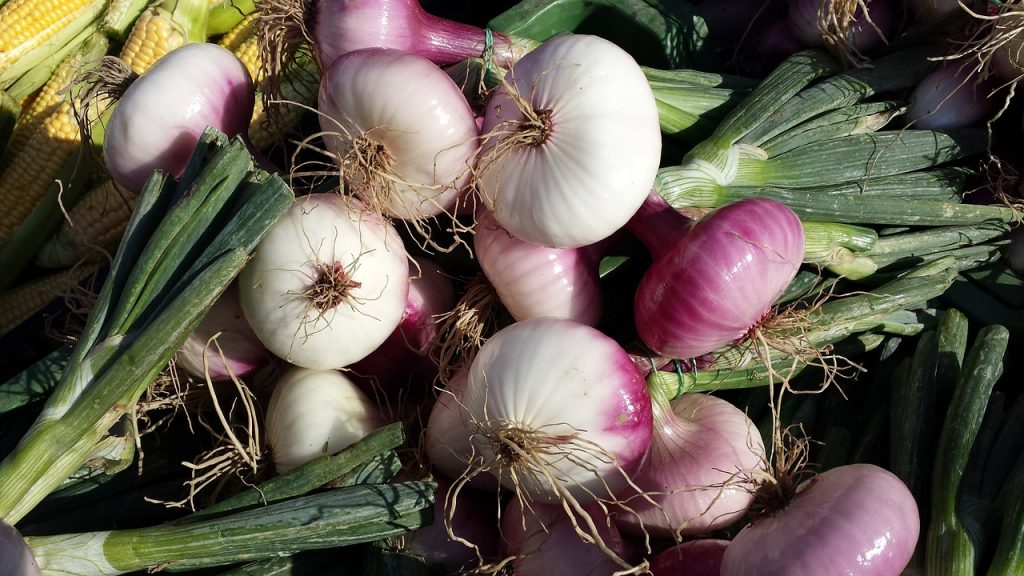
Onions are easy to grow during the course of winter. However, shallots are a bit more expensive and I’d recommend them for that reason. Plant its mini bulbs making sure only its tip protrudes to the surface. Make sure that they are about 18cm apart from each other.
For the best growth, make sure to plant them in well-draining soil. They need to stay quite dry. The best time to harvest them is June when their leaves turn yellow.
Kale
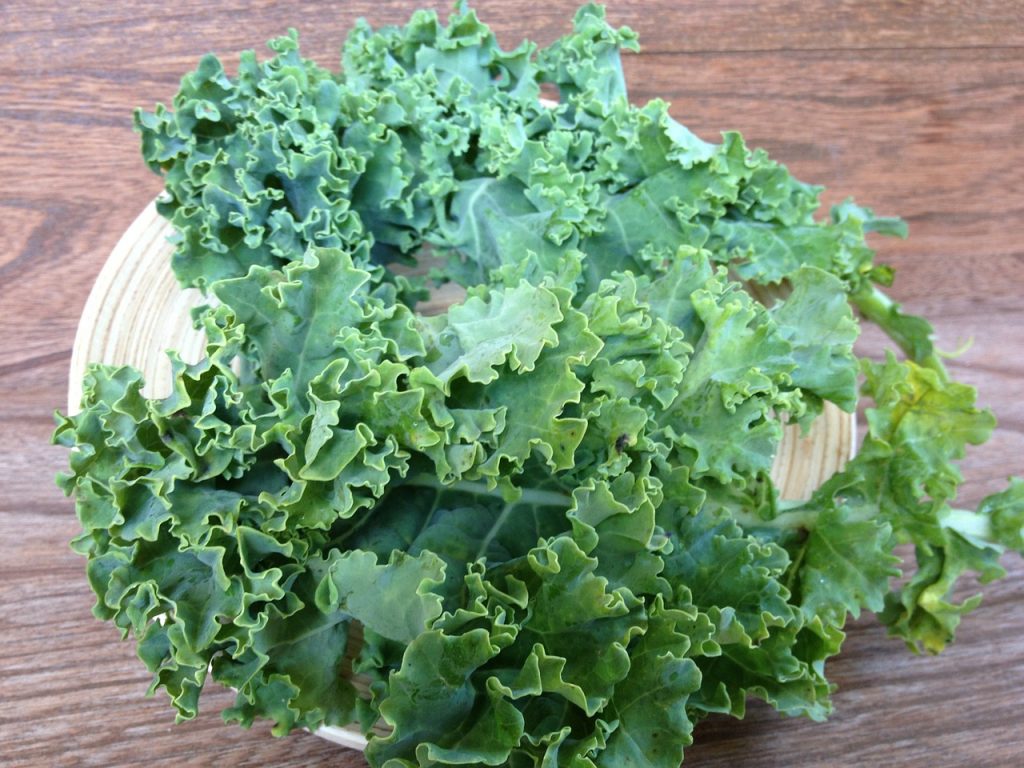
No winter garden is complete without the varieties of kale. Did you know that its flavor drops as the temperatures drop in the late autumn? It is grown in two different ways – as a mature crop for soups, sautés, and chips and as a baby green for tender winter salads.
‘Winterbor’ is a type of kale. It is beautiful and delicious. It grows three feet tall with deeply curled blue-green leaves. ‘Red Russian’ is another classic variety with vivid purple stems and gray-green leaves. It is the variety that most people like to use for kale chips.
Cauliflower
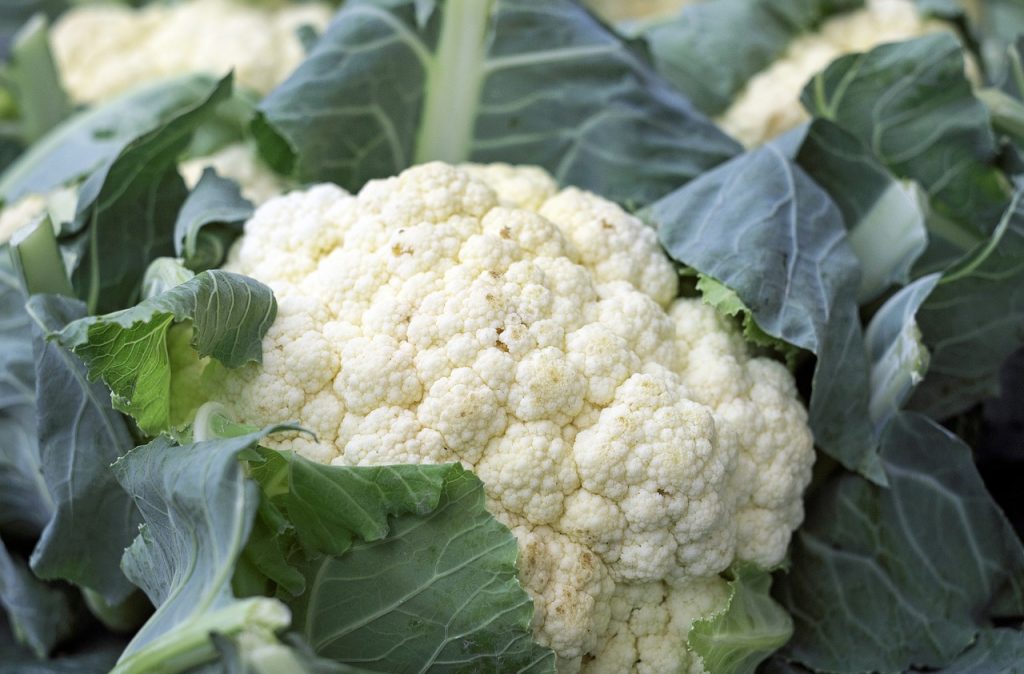
This is one of the best crops that grow in winter. There is no need to worry about caterpillars eating it up when it’s cold. Plant the seedlings 60cm apart. Grow them in richly fertilized soil. Make sure the soil never dries out. Plant at intervals to have fresh cauliflower all year round.
Lettuce
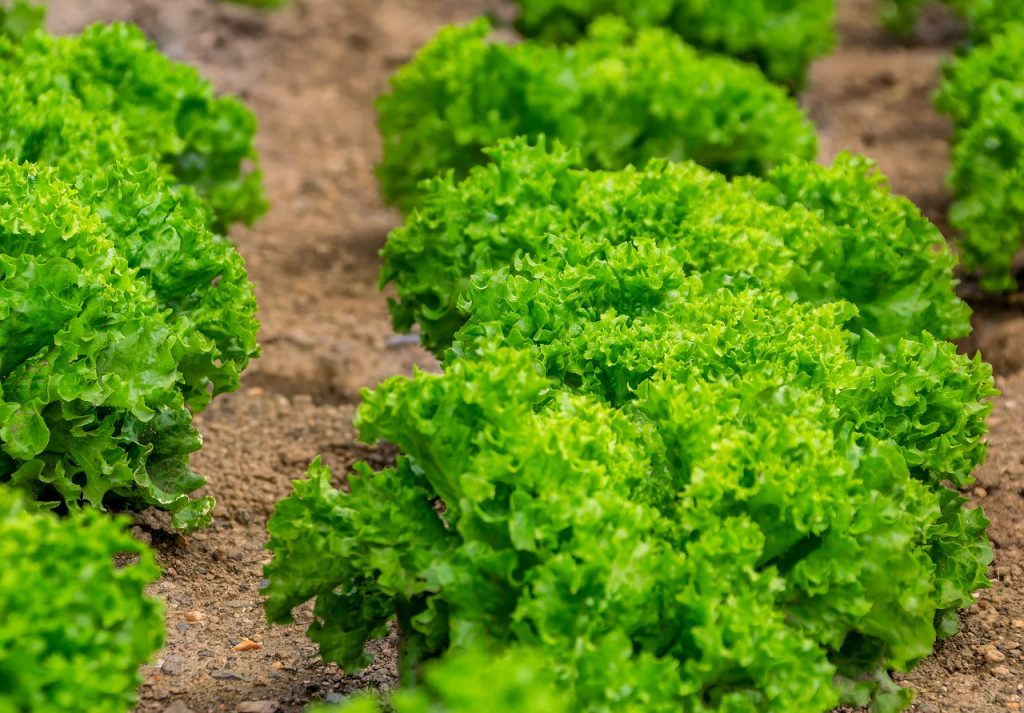
This is one of the best, if you are really into growing veg in winter. You should some hardy varieties such as the ‘Winter Density’, the ‘Red Salad Bowl’, and the ‘Winter Marvel’.
It’s also safe to experiment with Salanova lettuce varieties. They are baby-sized lettuces that form dense rosettes of tender green, red, or burgundy leaves. They are beautiful and tasty. They perform well in unheated winter polytunnels.
Broad Beans
These tasty broad beans get well established in still-warm soil. You can leave them over winter if you want an early taste of spring later. It’s best to sow these delicious beans in autumn. Sow the seeds 15 to 10 cm apart at a 5 to 10 cm depth. Pick to eat them from August.
Broad beans grow best in a sunny spot but well protected from wind. They do well in rich, moist and well-drained soil.
Carrots
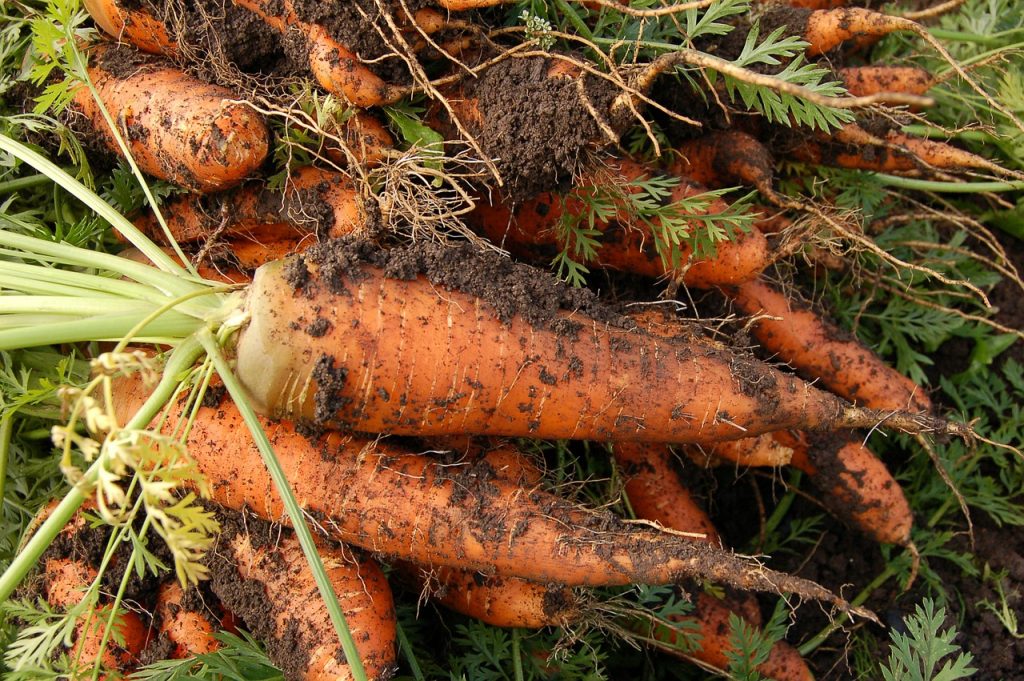
Just like kale, and many other crops, the carrot’s flavor improves after some frosts in late autumn. Sow your winter carrot seeds in mid-summer. Deep mulch and raise the bed with shredded leaves or saw in November. Top the insulating layer with an old row cover or bed sheet to hold it in place.
When you want to harvest, pull back the fabric and mulch and dig out as many of your sweet roots as you need. The best to harvest in winter include ‘Napoli’, ‘Mokum’, and ‘Boleri’.
Asian Greens
It would be an injustice to leave out Asian greens on this list. There are several awesome varieties of this crop. There are different ones to grow in different seasons. The best ones for cold season harvesting include the pac choi, tatsoi, mizuna, and mustard. These grow very fast. They also offer a range of foliage textures, colors, and flavors.
Seed them directly in early September or give the seedlings a head start in the indoors before moving them to your garden beds in mid-September.
My Final Word
Many vegetables will turn out to be season superstars in your winter frames and tunnels. Study and sow the seeds accordingly and with protection, you’ll harvest tasteful veggies all winter long.

Leave a Reply